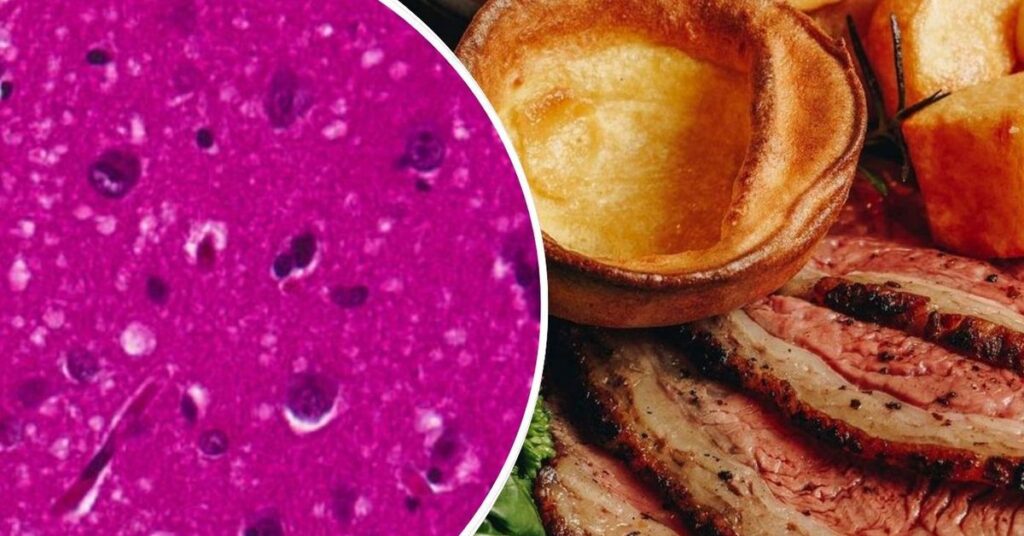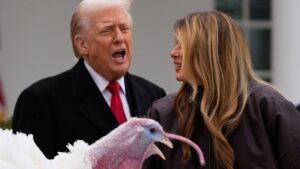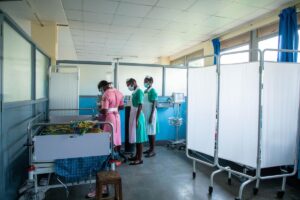
A bombshell scientific report released on September 29, 1997, confirmed a chilling link between a human brain disease and one found in cows. British experts revealed overwhelming evidence that a new variant of Creutzfeldt-Jakob disease (vCJD), which had infected 21 people in the UK, was caused by consuming meat tainted with Bovine Spongiform Encephalopathy (BSE), commonly known as mad cow disease.
The study, conducted by leading scientists, demonstrated that BSE was transmitted between cattle through the practice of recycling bovine carcasses into meat and bone meal protein, which was then fed back to other cows. Research on mice showed that both diseases caused similar brain damage and shared the same incubation periods. Notably, all individuals infected with vCJD had a genetic makeup that made them more susceptible to the disease.
Government Assurances and Public Concerns
In beef-loving Britain, the government and meat industry had long downplayed the threat of mad cow disease during the 1990s, assuring the public of the safety of UK beef. The nation’s Agriculture Minister famously declared UK beef to be “completely safe” and even appeared on television with his young daughter, encouraging her to eat a beef burger. However, the mounting evidence painted a different picture.
Signs of trouble emerged as house cats began dying from beef byproducts in their pet food, and antelope in UK zoos, fed commercial cattle feed, suddenly perished. The first human death from the new form of vCJD, a 19-year-old man, was recorded in 1995, marking a turning point in public perception.
The Escalation of the Crisis
The release of the 1997 report marked a dramatic escalation in the crisis. Cases of BSE surged, leading to 18 human deaths the following year. By 2001, veterinarians reported that more than 180,000 cows had been infected. In a desperate bid to contain the outbreak, authorities ordered the mass slaughter of four million cattle.
By the Numbers: 178 human fatalities were ultimately attributed to vCJD in the UK, highlighting the devastating human toll of the crisis.
Despite these drastic measures, human deaths from vCJD continued, with the final number of fatalities reaching 178. The situation underscored the far-reaching consequences of the outbreak and the challenges faced by public health officials in managing such crises.
Lessons Learned and Future Implications
The mad cow disease crisis of the 1990s serves as a cautionary tale about the importance of food safety and transparency. It highlighted the need for rigorous regulation of animal feed practices and the potential dangers of complacency in the face of emerging health threats.
Experts emphasize the necessity of maintaining stringent controls to prevent similar outbreaks in the future. The crisis also prompted significant changes in agricultural policies and practices, both in the UK and globally, to safeguard public health.
As the world continues to grapple with new and evolving health challenges, the lessons learned from the mad cow disease crisis remain relevant. The event serves as a reminder of the intricate connections between animal health and human safety, urging vigilance and proactive measures to protect both.






